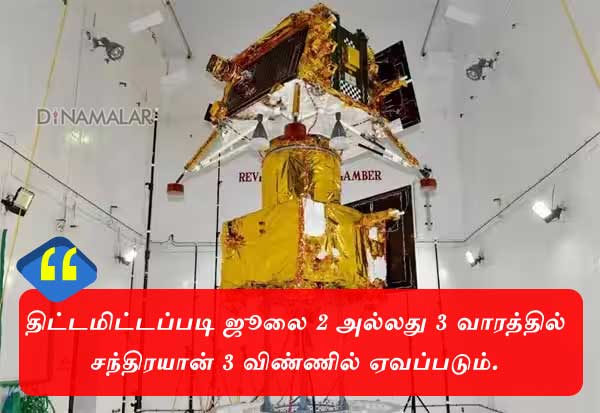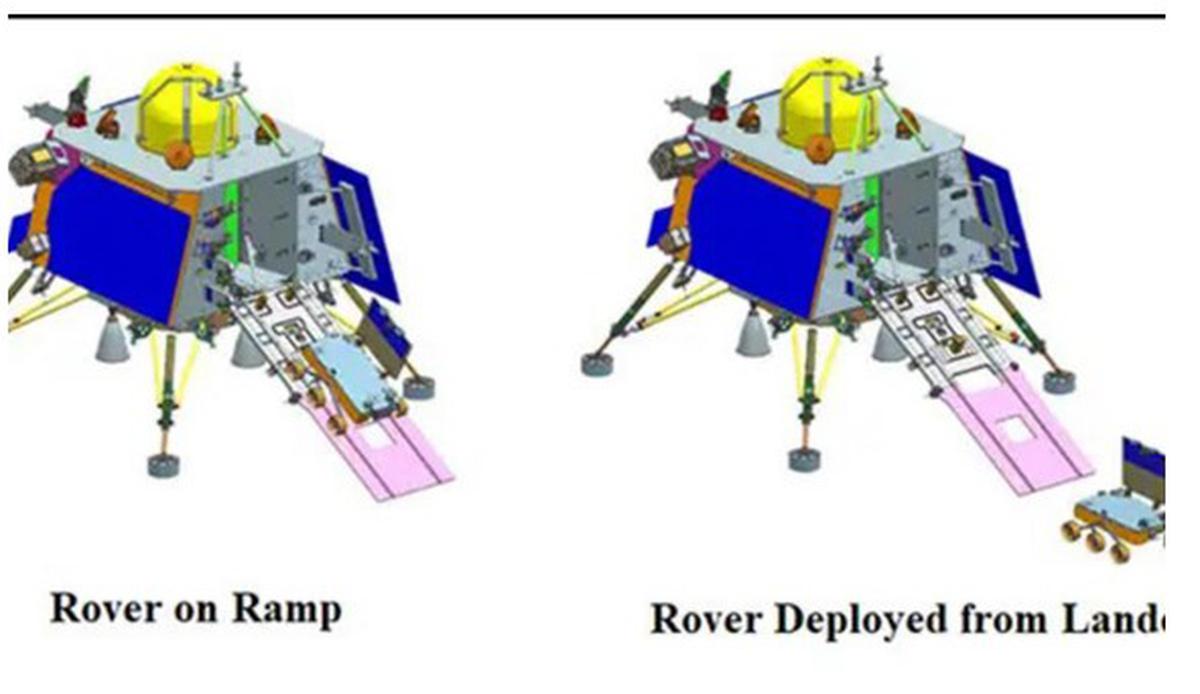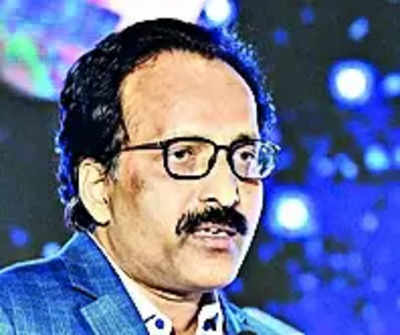- Joined
- Apr 29, 2015
- Messages
- 18,416
- Likes
- 56,946
New photo released for deployed configuration.
Have a look at open lander gate & slant with rover standing at door.

Have a look at open lander gate & slant with rover standing at door.




